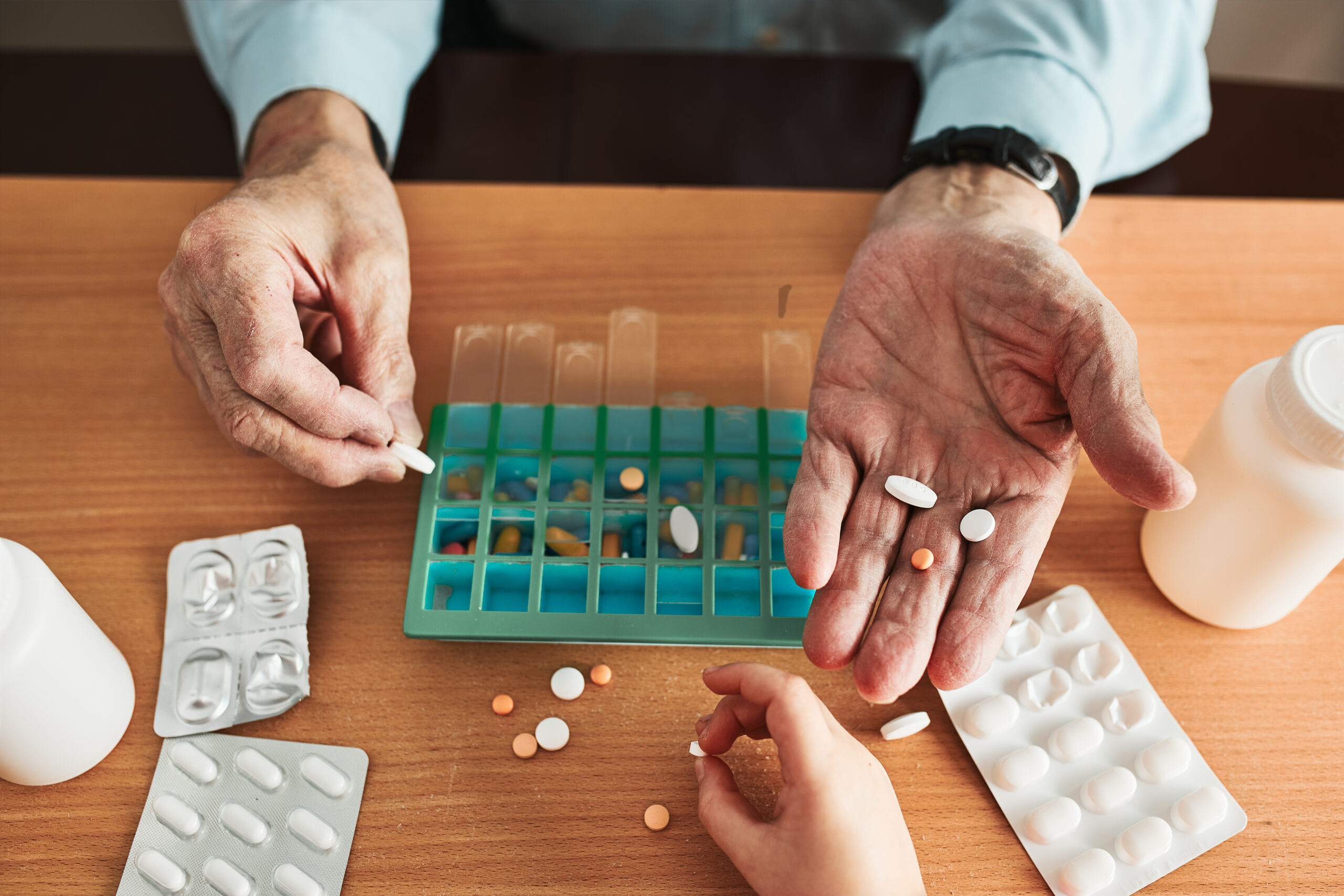
Hair restoration is a topic that many individuals consider at various stages of their lives. Hair loss can affect people of all ages, whether it’s due to genetics, medical conditions, or simply aging. However, determining the optimal age for hair restoration can be a complex decision influenced by several factors. In this blog post, we’ll explore the considerations in determining the best age for hair restoration.
Understanding Hair Loss
Hair loss can negatively affect a person’s self-esteem and quality of life. Hair loss patterns can also be influenced by hormonal changes, such as those experienced at puberty, pregnancy, and menopause. Hair loss can also be accelerated by medical conditions such as thyroid disorders, autoimmune diseases, and scalp infections.
Moreover, medications used to treat various health issues, including cancer, arthritis, depression, and heart conditions, may have side effects that include hair loss. Environmental factors such as pollution exposure, harsh chemicals, and excessive heat or styling can further exacerbate hair thinning and breakage.
Male-pattern baldness typically manifests as a receding hairline and thinning at the crown, while female-pattern baldness often involves diffuse thinning across the scalp. Both conditions can progress gradually, leading to significant hair loss if left untreated.
Understanding the underlying causes of hair loss is crucial in determining the most appropriate course of action for hair restoration. Individuals can make informed decisions about pursuing hair restoration treatments by addressing the root cause of hair loss and considering factors such as age, health status, and personal preferences.
Factors Influencing the Best Age for Hair Restoration
- The extent of Hair Loss: The severity and extent of hair loss play a significant role in determining the ideal age for hair restoration. Some individuals experience minimal hair loss in their 20s or 30s, while others may have significant balding by their 40s or 50s.
- Age-related Considerations: Age-related changes in hair density, thickness, and scalp health can influence the success of hair restoration procedures. Younger individuals often have better hair quality and more active hair follicles, which can yield more favorable results from hair restoration treatments.
- Stability of Hair Loss: Hair loss patterns may stabilize at different ages for each individual. Assessing whether the hair loss has stabilized before considering hair restoration procedures to ensure long-lasting results is crucial.
- Health Status: An individual’s overall health and medical history are essential factors to consider before undergoing hair restoration treatments. Hair restoration procedures may be affected by certain medical conditions or medications.
- Psychological Impact: The psychological impact of hair loss varies from person to person. Some individuals may experience emotional distress and a loss of confidence due to hair loss, which could influence their decision to undergo hair restoration procedures at a younger age.
The Ideal Candidates for Hair Restoration
While there isn’t a one-size-fits-all answer to the best age for hair restoration, certain characteristics indicate suitability for the procedure:
- Good General Health: The candidate should be in good general health and have no underlying medical conditions that could pose risks during the procedure or affect the healing process.
- Stable Hair Loss: Candidates should have stable hair loss patterns, meaning their hair loss has not progressed significantly in the past year or so.
- Realistic Expectations: Candidates should have realistic expectations about the outcomes of hair restoration procedures. Individual results may vary.
Hair Restoration Options
There are various hair restoration options available, including;
- Medications: FDA-approved hair loss therapies like minoxidil (Rogaine) and Propecia (Propecia) may slow or even reverse hair loss in some people.
- Platelet-rich Plasma (PRP) Therapy: PRP therapy stimulates hair growth by injecting concentrated platelets from the patient’s blood into the scalp.
- Hair Transplant Surgery: Hair transplant surgery involves harvesting hair follicles from a donor site (usually the back or sides of the scalp) and implanting them into balding areas.
Conclusion
Determining the best age for hair restoration involves considering various factors, including the extent of hair loss, age-related changes, stability of hair loss, health status, and psychological impact. While no universal age applies to everyone, younger individuals with stable hair loss patterns and realistic expectations often make ideal candidates for hair restoration procedures. However, consulting with a qualified healthcare professional specializing in hair restoration is essential to assess individual suitability and explore the most suitable treatment options.
If you’re considering hair restoration treatment, consult a trusted healthcare provider to discuss your options and determine the best action for your unique situation.
For more information on hair restoration treatments in Durango, CO, contact Rio Regenerative Medicine today. Our experienced team can provide personalized recommendations tailored to your needs.





